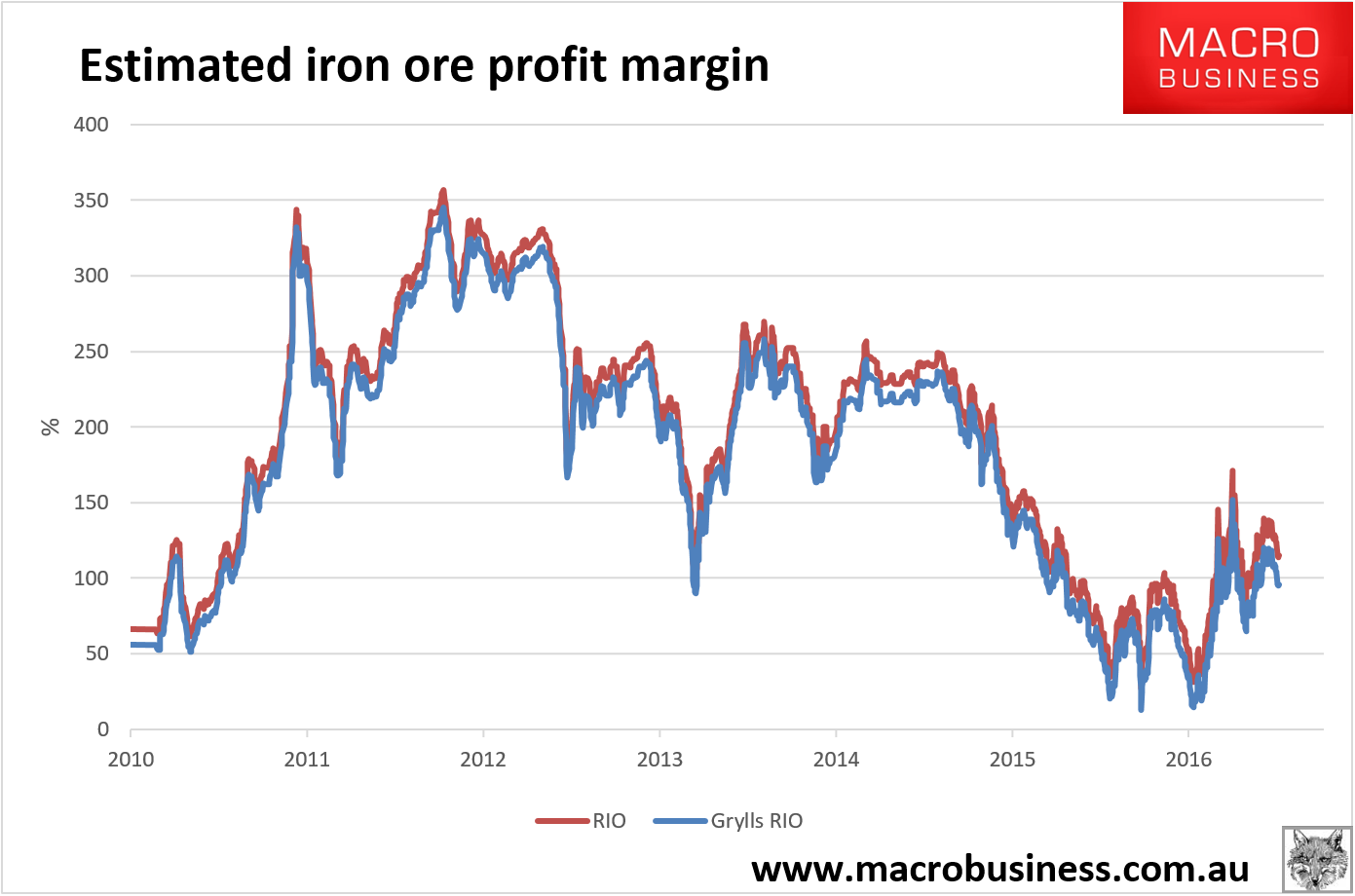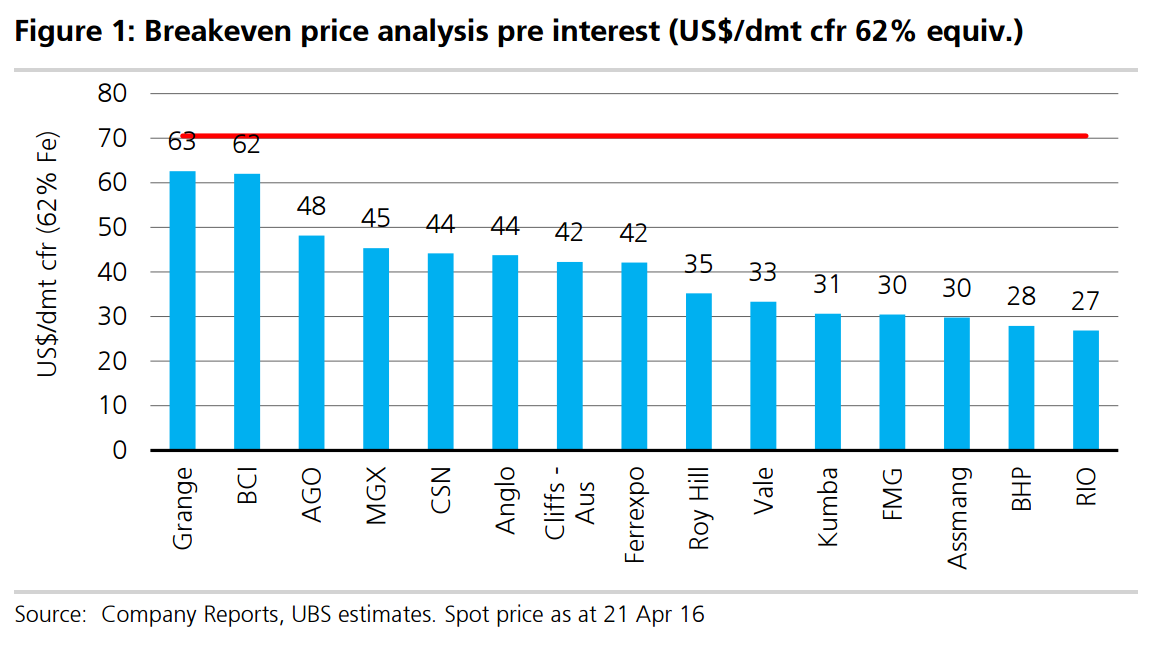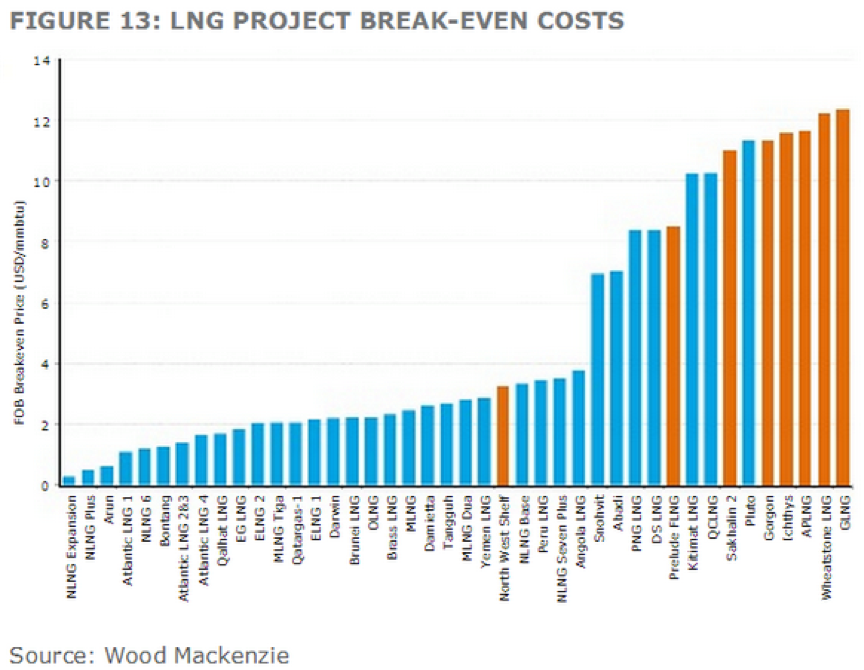What an absolute mess is Australia’s political economy. Do-nothing Malcolm has signed up with the Minerals Council of Australia, at the AFR:
In a speech to the Minerals Council of Australia annual dinner on Wednesday night, Mr Turnbull backed the iron ore producers who used the function to launch a full-blown assault on the plan.
…the key focus on Wednesday was the $5 iron ore tax being proposed by WA Nationals leader Brendan Grylls. It would hit BHP and Rio Tinto and raise $3 billion a year. There is no Coalition agreement in WA and the Nationals can form minority government with either major party. The miners fear the March 2017 state election will result in a minority government with the Nationals naming the $5 levy as their key demand.
“The strength of our laws and the stability of our systems already make Australia attractive to worldwide investors and we want to make sure that our tax system does not detract from those advantages,” Mr Turnbull said.
“We want a tax system that encourages growth, investment, entrepreneurship and job creation.”
Yes, we do. And one that represents national equity not rent-seekers. This is not a broad-based mining tax. It is aimed at Australia’s two national champion mining firms only. They were both born here and have a history of state dispensations and protection from predators given they are iron ore market price makers so their relationship with the state is not that of “worldwide investors”.
If applied today, the Grylls levy would leave RIO and BHP with iron ore margins above 90%:

These are super returns in today’s low interest rate world.
I acknowledge that we are in a market share war so there is a high risk that prices will fall again and much more volume will need to come out of the seaborne market. Some of it will eventually be from the majors too. That’s why I argue that the Grylls charge is too high. $2.50 would better. The amount should be calibrated so that BHP’s and RIO’s competitiveness is not adversely impacted causing them to lose volumes (and therefore investment). That level is more like $2.50 per tonne than the proposed $5 which would put them on par with Vale, from UBS:

However, margins as they are “economic rents” and the people of Australia are being reamed for the privilege of developing their dirt. Remember that this is a non-renewing natural resource owned by the people of WA and Australia. It’s depleting nature needs to be reflected in the revenue being received for their development.
I would like to see WA Nats also commit to paying down debt with the windfall (or to invest it strictly in infrastructure or an SWF). If the debate is about equity over generations then the revenue should be accordingly distributed over time.
Do-nothing Malcolm is defending rent-seeking over his own people.
Meanwhile, the WA government has joined the push to reboot the Petroleum Resource Rent Tax (PRRT), from The West Australian:
The Liberal government of Western Australia has questioned whether the nascent boom in liquefied natural gas is delivering “sufficient return” to the public.
As pressure builds at federal level for a parliamentary inquiry into the tax contribution of the multi-billion-dollar gas projects operating in Commonwealth waters, WA has added to growing concern over where the gas wealth being produced ends up.
WA Treasurer Mike Nahan is annoyed that billions of dollars spent by his state on infrastructure supporting LNG projects will not flow back to the state through the federally-imposed petroleum resource rent tax.
“WA would support further scrutiny into whether taxpayers are receiving a sufficient return on government support for offshore LNG projects,” said Mr Nahan, who also holds the energy portfolio in the Barnett Government.
Fairfax Media revealed this week that by 2021, when Australia will eclipse Qatar as the world’s biggest LNG exporter, less than $1 billion in PRRT revenue will flow into federal coffers.
Qatar, which imposes a flat royalty or takes a financial stake in its LNG projects, will receive $26.6 billion for the same volume of gas.
Just five per cent of oil and gas projects operating in Australia, paid any PRRT in 2014-15, according to the most up-to-date Australian Tax Office figures.
The 30 year-old North West Shelf venture operated by Woodside is the only LNG project that pays PRRT while Chevron’s giant Gorgon plant and others are not expected to pay anything for “decades”, according to some experts.
Treasurer Scott Morrison said he is taking advice on what he called a “sensitive tax matter” and Labor is currently discussing whether to put its weight behind a parliamentary inquiry already backed by the Greens.
The PRRT has some pretty whacky features, including the perversely generous uplift rate of 18%. Moreover, Chevron’s transfer pricing scandal needs also to be addressed:
However, there is also unfair treatment of LNG here. The PRRT is by definition designed to collect taxes when profits become economic “rents”. That is, it only kicks in when returns are above the long term bond rate plus an uplift rate, in this case roughly 20% in total (compare that for a moment with the iron ore returns enjoyed by BHP and RIO).
Because the LNG boom was disastrously over-budget and ill-conceived in terms of Asian demand outlooks causing prices to crash, these projects are not even covering their costs of capital let alone making super profits. Firms should be allowed to write down and depreciate these white elephant projects over time against tax (within fair parameters) and, because Australia gouged them so heartily as they were built, to turn around now and expect them to pay tax on profits that are just not there is pure sovereign risk.
As said, there are loopholes to tighten. But that most assuredly is not going to result in a flood of tax revenue because the break even price for these projects are absurd. This chart is old and has been somewhat deflated now but gives an idea:

Thus the comparison with Qatar is totally misleading given it pumps out the lowest cost gas in the world ($2 vs Aussie $11). The current LNG price is $7.20 for contracts and $5.50 for spot!
In short, Australia has this tax debate completely backwards. BHP and RIO should be taxed more heavily and LNG needs some tightening but the debate is unfair and setting up unrealistic expectations. What the two debates most clearly illustrate is the rampant entitlement of the Banana Republic as interests everywhere completely obscure the public good.

